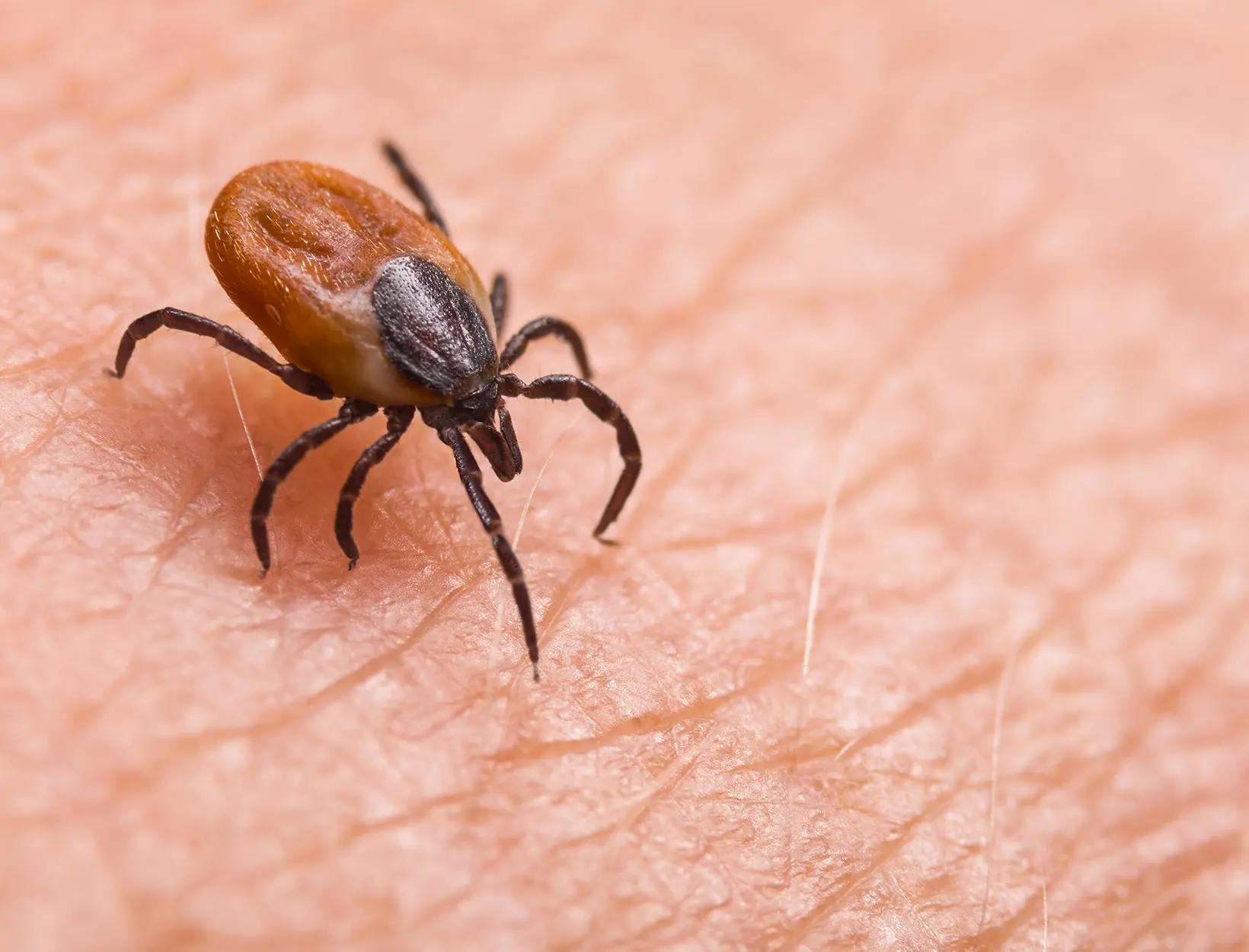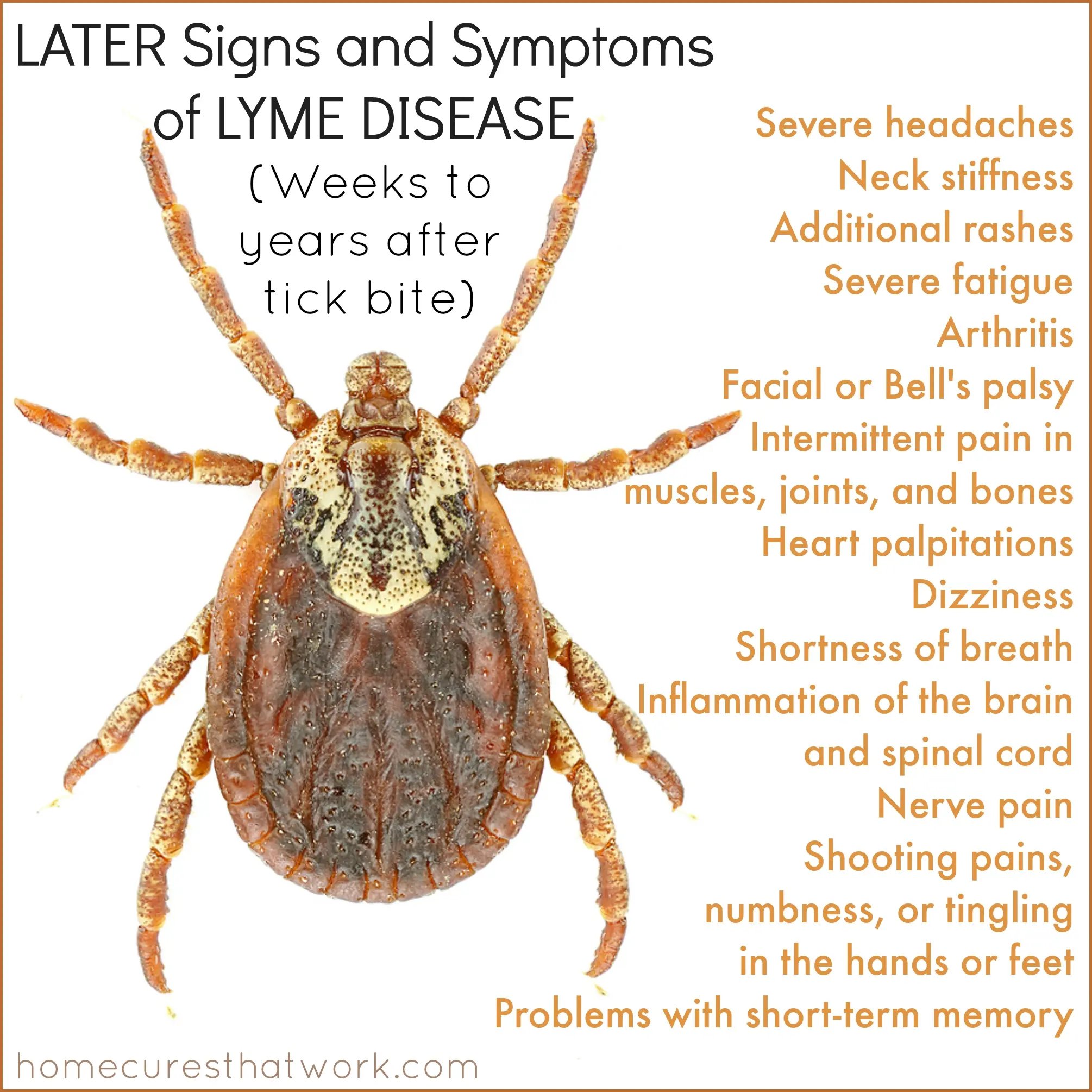Can Lyme Disease be Cured?
Sometimes
Treatment can cure Lyme disease, especially when started early; outcomes depend on the stage of the disease and the promptness of treatment

What is Lyme Disease?
Lyme disease is a bacterial infection transmitted by ticks. Treatment typically involves antibiotics, and early detection is crucial for successful management.

Clinical Aspects

Characteristics
Infectious disease caused by the bite of infected ticks carrying the bacterium Borrelia burgdorferi

Symptoms
Bull’s-eye rash (erythema migrans), fever, fatigue, joint pain

Diagnosis
Clinical evaluation, serological tests

Prognosis
Favorable with early intervention

Complications
Neurological complications, potential for chronic symptoms
Etiology and Treatment

Causes
Tick bites, typically from deer ticks (Ixodes scapularis or Ixodes pacificus) infected with Borrelia burgdorferi

Treatments
Antibiotics (doxycycline, amoxicillin, or cefuroxime)

Prevention
Antibiotics (doxycycline, amoxicillin, or cefuroxime)
Public Health and Patient Perspectives

Epidemiology
Common in certain regions, associated with tick bites

Patient Perspectives
Early detection and antibiotic treatment are crucial
While the information presented here reflects the current knowledge about these conditions and treatments, it’s important to understand that individual cases may differ. Consulting with a healthcare professional is crucial for accurate information tailored to your specific needs.
Share: